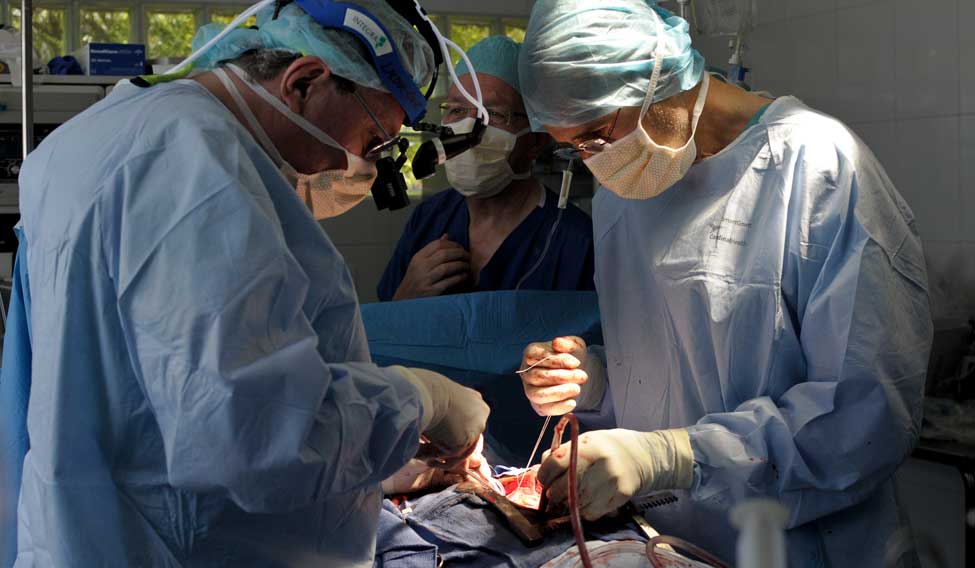The Union Ministry of Health and Family Welfare recently included all types of stents in the National List of Essential Medicine, to control the rising cost of cardiac care in the country.
Experts believe that margins on maximum retail price on stents are so high that the ministry’s move will slash the price of stents by half. The decision will apply to all three kinds of stents—bare metal stents, drug eluting stents as well as bio-absorbable stents.
The ministry took the decision on the recommendations of a core and sub-committee looking into the usage and necessity of stents in cardiac treatment. The prices will be capped by National Pharmaceutical Pricing Authority by the end of this month.
In India, around five lakh stents are used every year, majority of which (over 60 per cent) are imported products. There is, reportedly, a huge price difference between the imported and domestically manufactured stents.
The ministry’s decision got mixed reactions from doctors who use stents in cardiac procedures and its manufacturers.
Most Indian medical device manufacturers welcomed the government decision, but are worried about the price that the NPPA is going to set for the three kinds of stents. “In India drug-eluting stents are used at large," says Gurmeet Singh Chug, managing director of Translumina Therapeutics, a stent manufacturer company. "The other two—bio-absorbable and bare metal stent—together are being used only in five per cent cases.”
Drug-eluting stents come under class 3 medical device, which requires a huge investment in research and development as well as clinical trials. "We hope that price for such stents will be decided keeping in mind the company’s total expenditure on the stent,” he says.
However, some fear that this decision may hold companies from introducing their newer products in the Indian market. “Most companies sell their product at a higher price in the first two years to break even. If we put a cap on the price, they might not introduce it in the Indian market and doctors may have to use outdated products,” says noted cardiologist Dr Devi Shetty.
Shetty feels that if the government wants to reduce the cost of cardiac care, it should ideally put a cap on the profit private hospitals make on a stent as ‘handling charges’. “Hospitals may charge 50-100 per cent of the cost of the stent as handling charges. If the government brings a rule that they can’t charge more than 10 or 20 per cent, the cost of overall treatment will definitely come down.”





